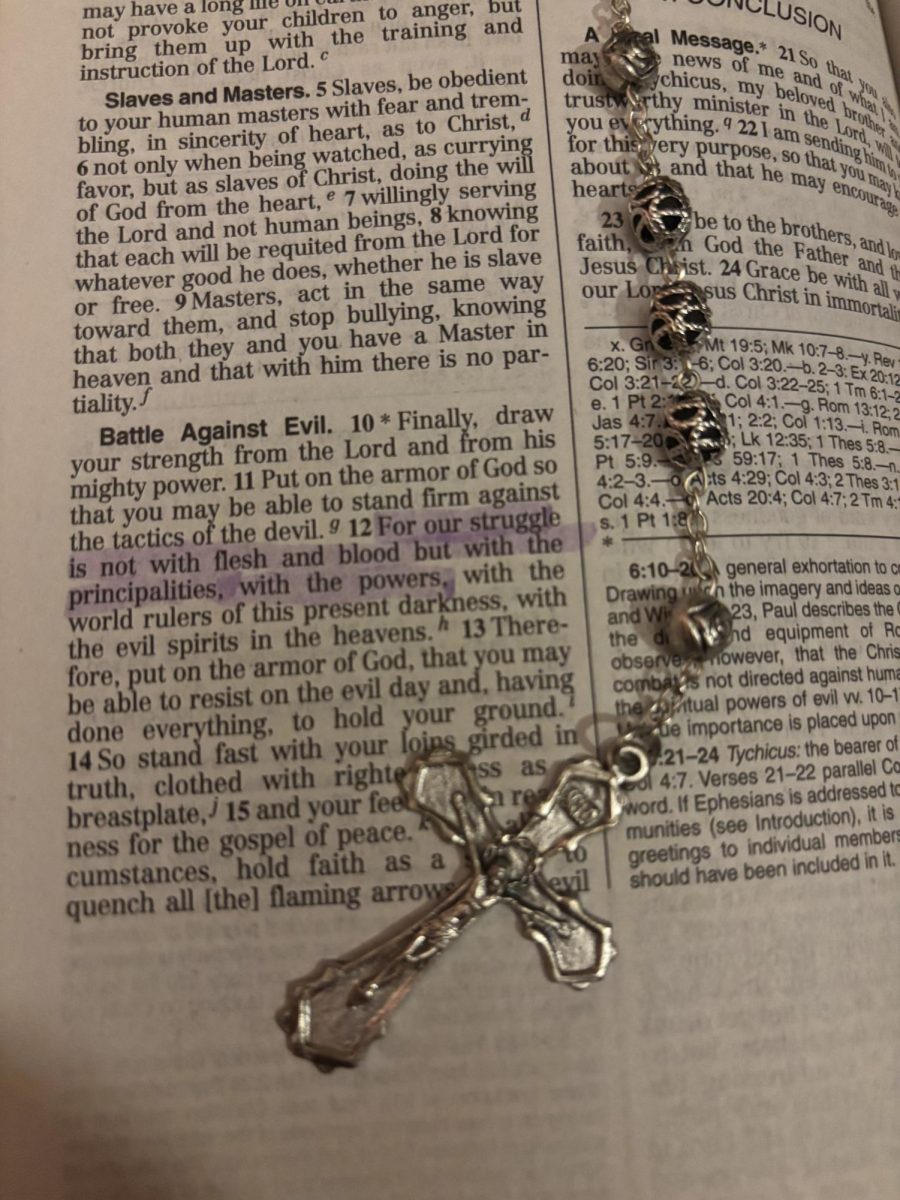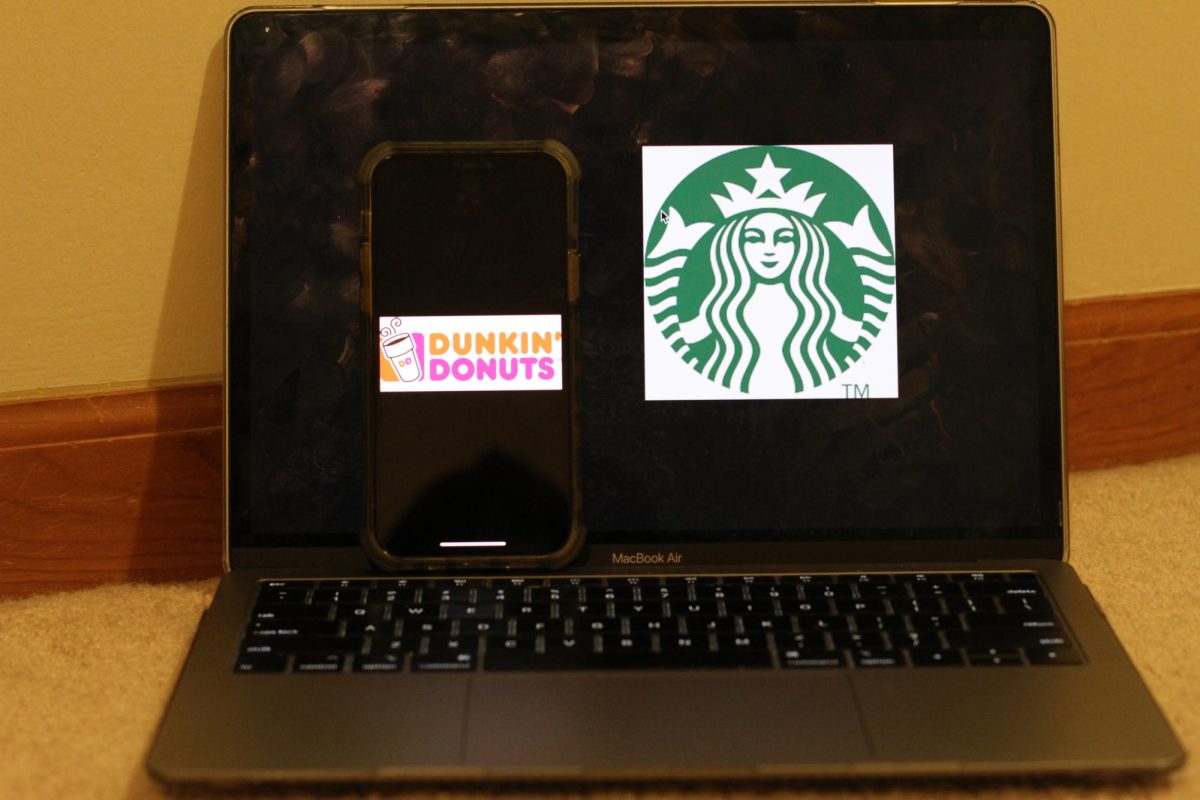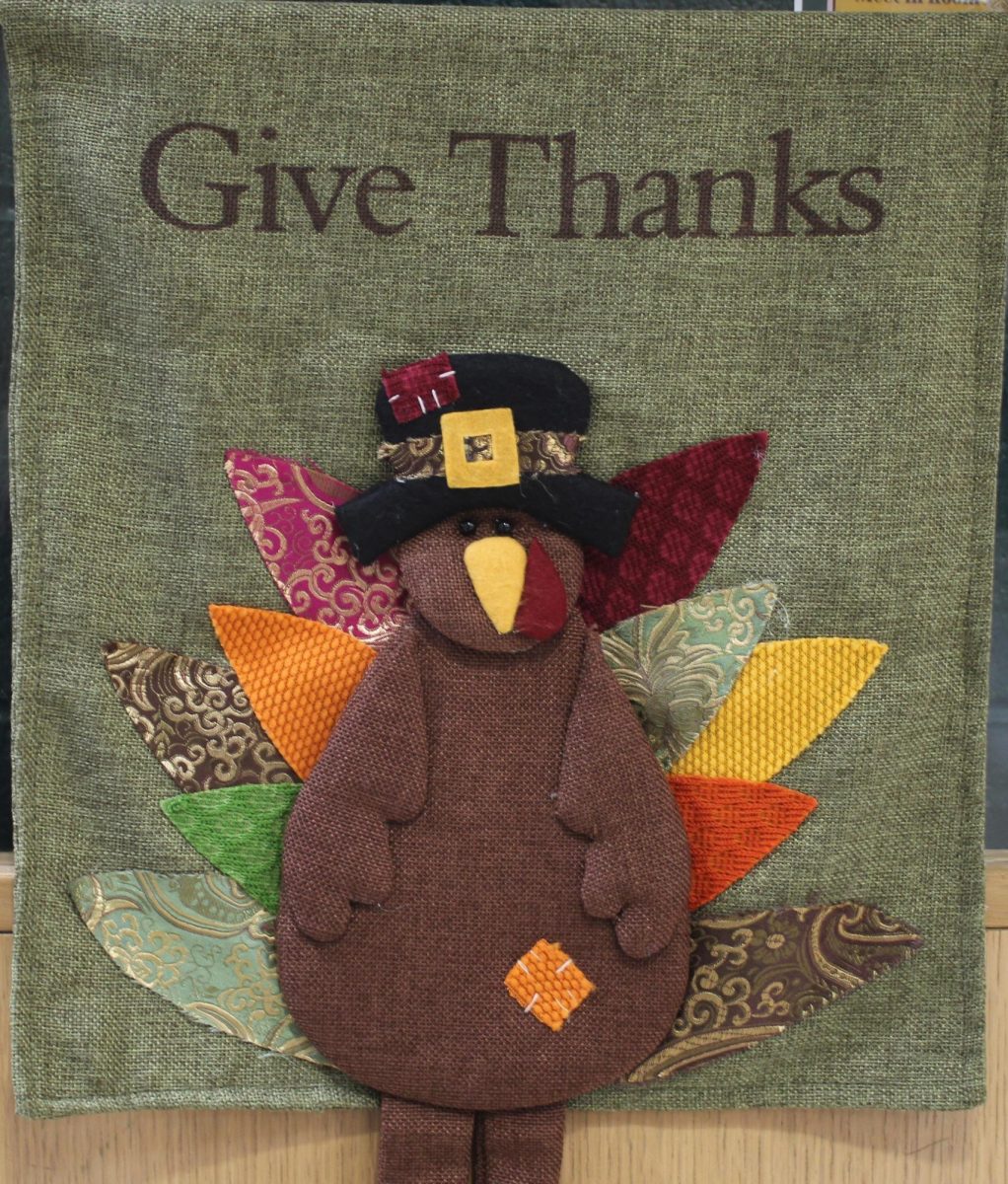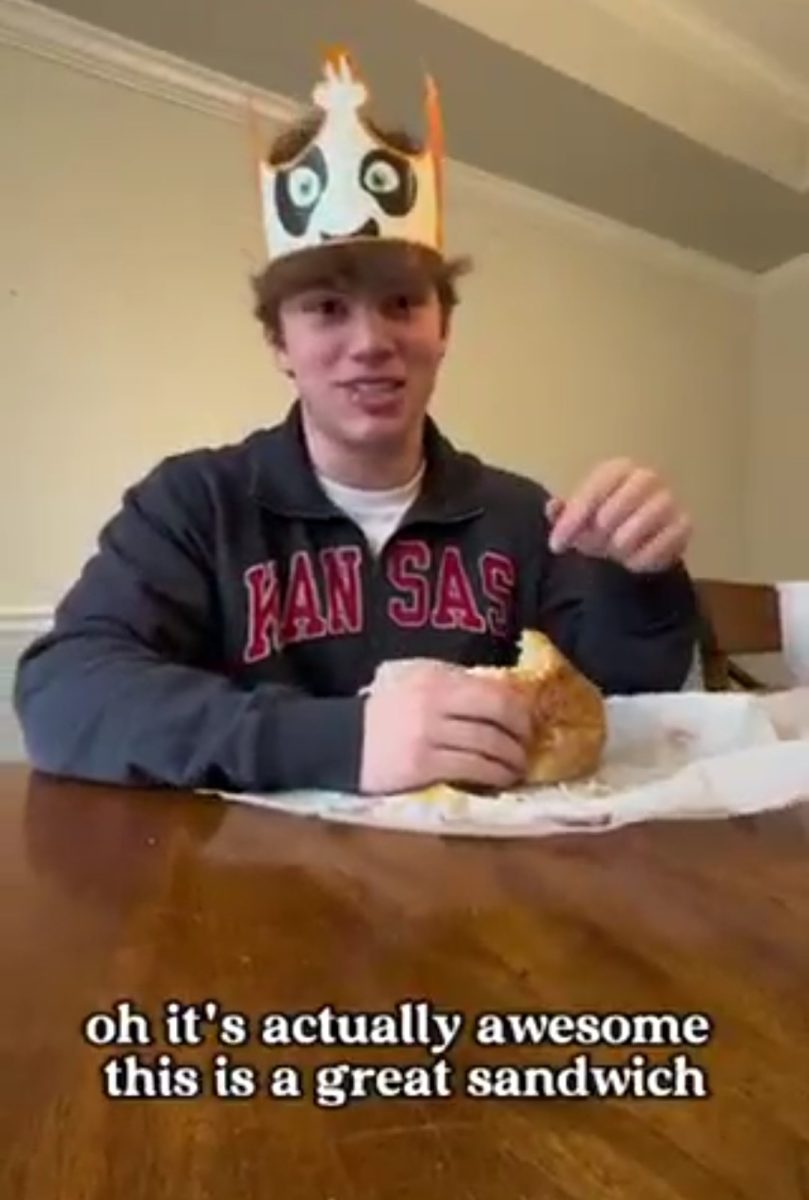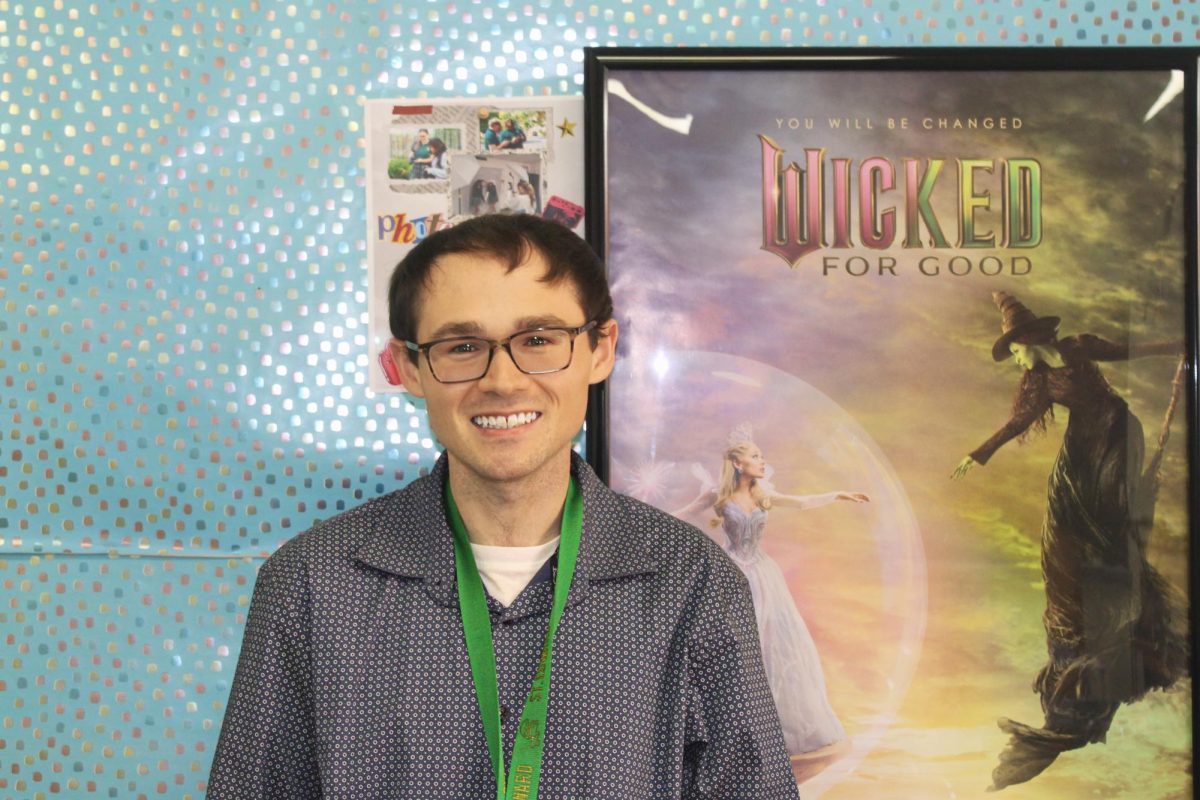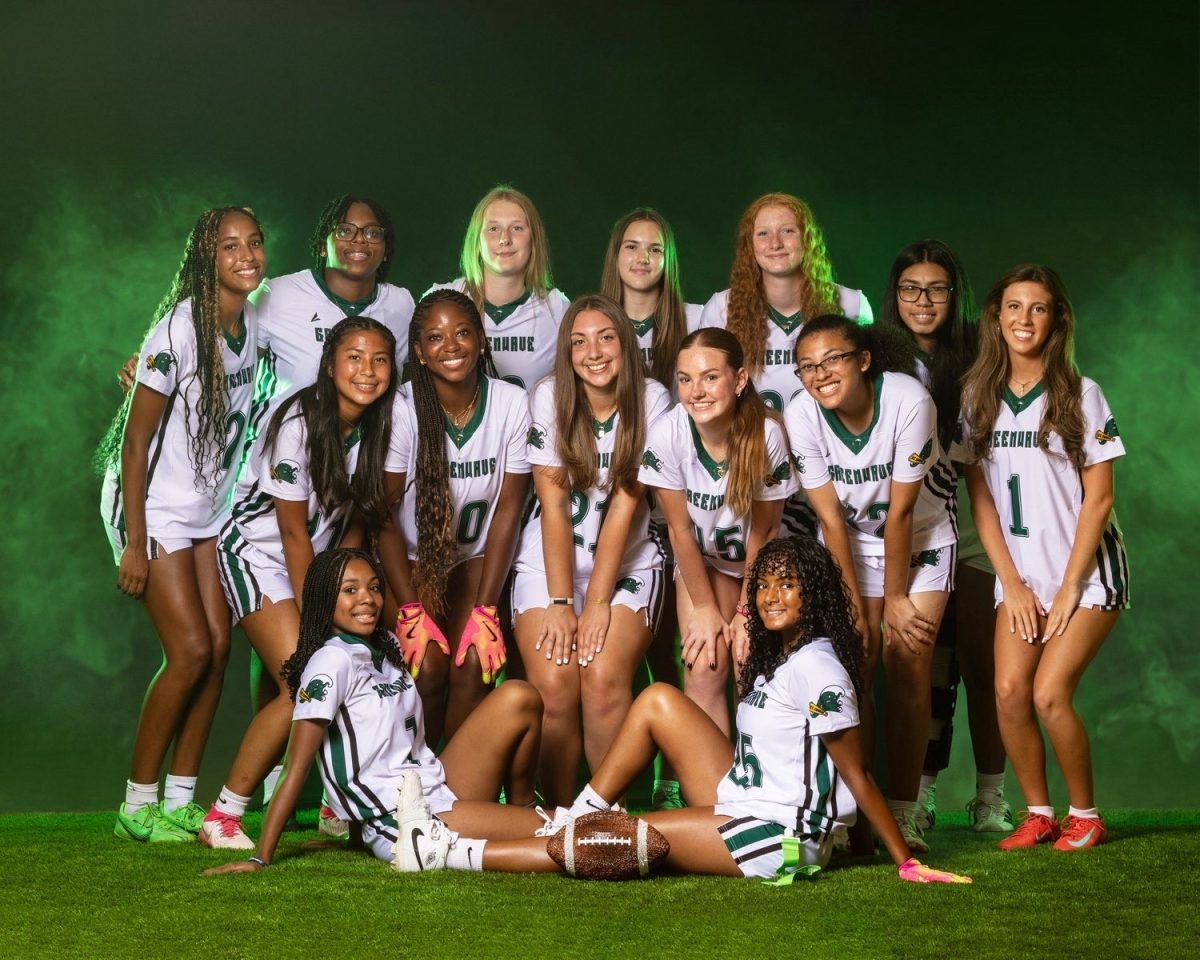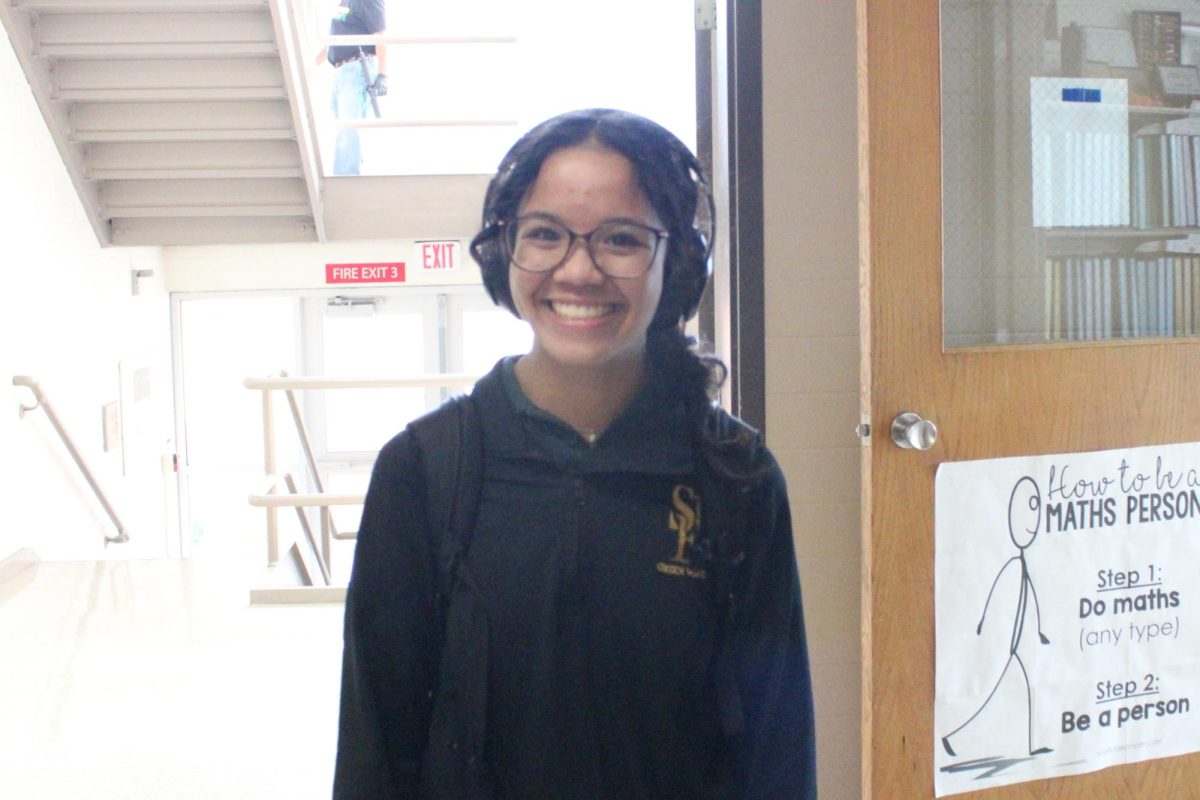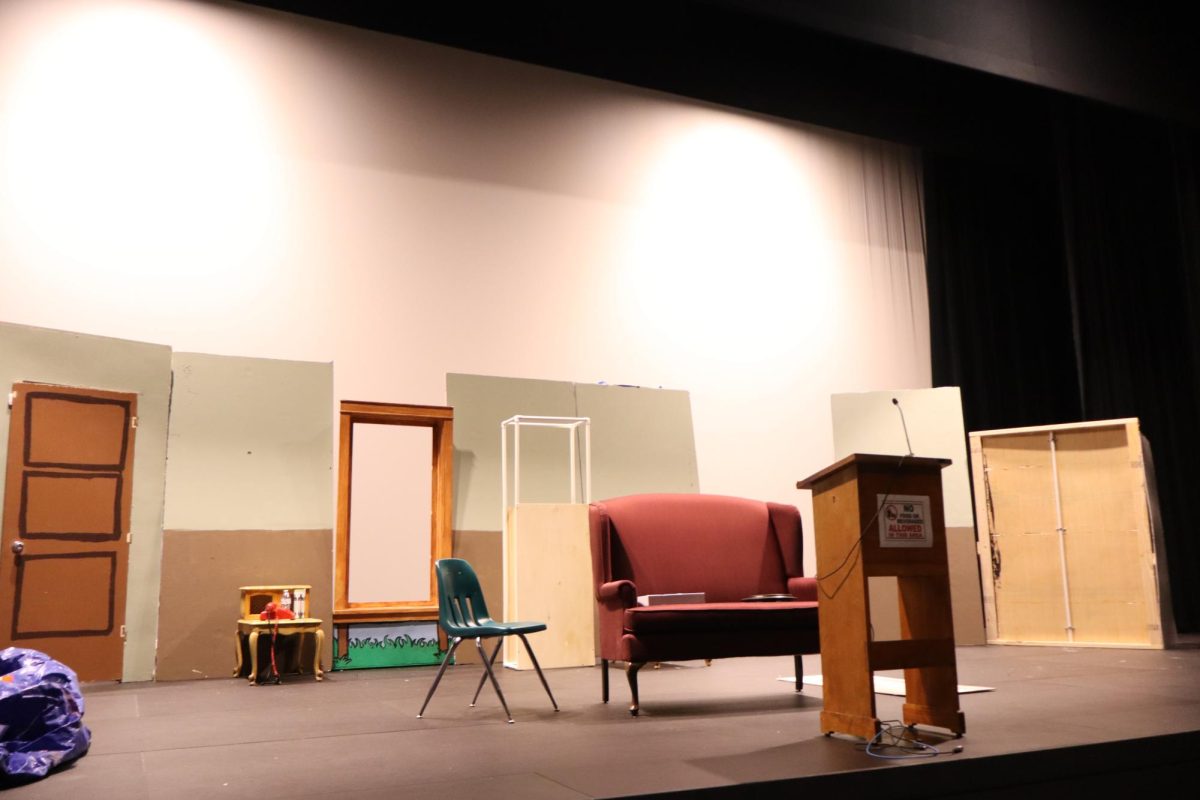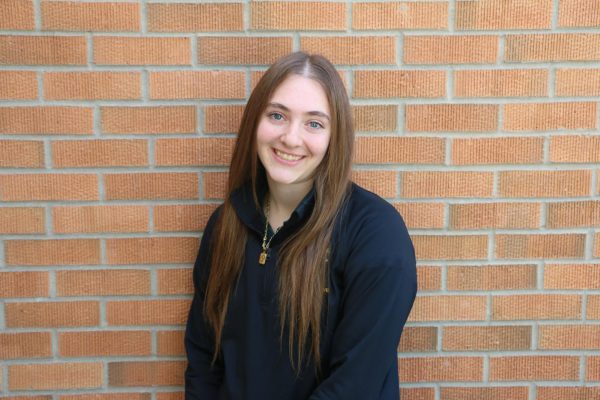Social media has become a big part of the lives of today’s youth, bringing both good and bad effects. While apps like Instagram, TikTok, and Snapchat offer ways to express one’s interest, stay in touch with friends, and learn new things, they also create pressure that can harm young people’s mental health.
One big issue is the pressure to look perfect online. Many kids judge their worth based on how many likes or comments their posts get. If they don’t get the attention they expect, it can lead to feelings of anxiety and low self-esteem. On top of this, bullying has moved to social media, where kids can be harassed, made fun of, or even have embarrassing moments shared online. This kind of bullying can affect them long after the post is made. According to Heart-Breaking Cyberbullying Statistics for 2025 , 60% of teens from 2024-now have been cyber bullied. This is just teens; some kids start getting bullied from as early an age as 9 to 12.
Social media has also changed how young people deal with relationships. Since so much communication now happens online, there’s added stress around waiting for text replies or trying to figure out why someone hasn’t responded. This has made relationships more complicated and sometimes stressful. Jezebel Garcia, ‘25, explains, “It honestly depends, there’s some where it’s all fun and games and then there’s ones where everything is faked, and everything is toxic in their own ways.” This shows how social media can be fun for some, but also harmful when people pretend to have perfect lives or push others to behave in unhealthy ways. Logan Mallory, ’25, adds, “We’re in an age where there’s so much technology, so it’s kind of hard to not be on social media.” This point shows how difficult it is to avoid social media when technology is everywhere, making it hard for young people to disconnect.
Another recent social media situation is the TikTok ban. TikTok was planned to be banned on January 19th, 2025. This ban took place for a little under 24 hours and teens were completely lost without it. Teagan Merlin, ’25, shares her thoughts, “I died inside.” During this time, teens felt a sign of struggle and didn’t know what to do with their lives or how to act. According to The San Francisco Standard, people didn’t like the TikTok ban because it was their only way to express their political views and opinions. Not just teens but everyone in the US was affected by this and had strong opinions and possible life changing things just over an app being banned.
Even with these challenges, social media has some good sides too. It helps kids learn new things, stay informed, and find groups of people who share their interests. But it’s important to find balance. Parents, teachers, and mental health professionals need to help guide young people on how to use social media in a healthy way, setting limits and encouraging positive habits.
Social media has its perks, but it also comes with challenges that can affect young people’s well-being. With the right guidance and support, they can make the most of these platforms while avoiding the negative impacts.




